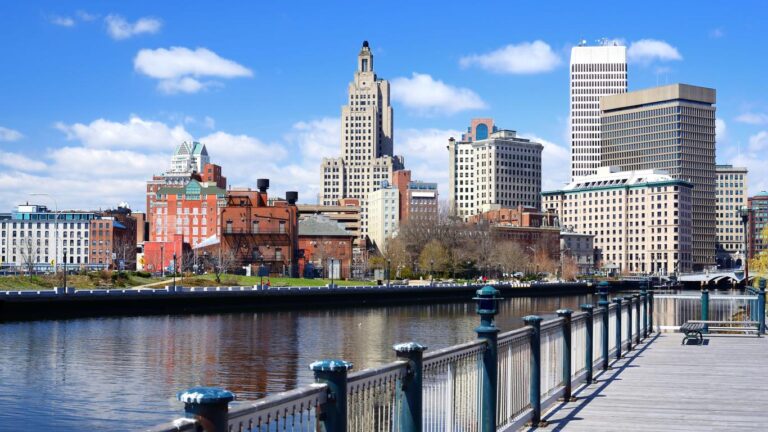Providence, the charming capital of Rhode Island, is a vibrant city known for its rich history, cultural attractions, and thriving culinary scene. However, like any destination, Providence has its peak and off-peak seasons. If you’re planning a visit to this picturesque city, it’s essential to avoid the “worst time” to visit and ensure you have an unforgettable experience.
January to March: Winter’s Harsh Embrace
Providence endures cold, blustery winters, with average temperatures hovering around the freezing mark. Snowfall is common, making outdoor activities uncomfortable and slippery. This frigid season can put a damper on your sightseeing plans, as many attractions may have limited hours or closures. Moreover, the city’s charm is somewhat diminished under a blanket of snow, making it less appealing for strolling and exploring.
Transportation Challenges
Winter weather can also disrupt transportation. Airport delays and cancellations are more frequent, and driving conditions can be hazardous. If you’re flying in, anticipate potential delays and pack accordingly. Additionally, public transportation may experience delays or rerouting due to icy conditions.
Cultural Activities Hibernating
Providence’s cultural calendar slows down during the winter months. While some museums and galleries remain open, many outdoor events and festivals are canceled or postponed. If you’re eager to immerse yourself in the city’s cultural offerings, plan your visit for a warmer season.
July: Humid and Uncomfortable
While Providence’s summers are typically pleasant, July stands out as the most uncomfortable month. Temperatures soar into the high 80s, and the humidity levels can be oppressive. The combination of heat and humidity makes it challenging to enjoy outdoor activities, and even walking short distances can become tiring.
Tourist Crowds and Prices
July is also the peak tourist season in Providence, which means crowds at popular attractions and higher prices for accommodation and dining. If you prefer a quieter and more budget-friendly experience, consider visiting during the off-season.
Transportation Options
During July, transportation is generally reliable, but plan for potential delays due to increased traffic. Public transportation may be more crowded than usual, so consider using ride-sharing services or taxis as alternatives.
September to November: Hurricane Season
The Atlantic hurricane season officially extends from June 1st to November 30th, but the peak activity occurs from September to November. While Providence is not directly on the coast, it can still be affected by hurricanes or tropical storms that pass nearby. These storms can bring heavy rain, flooding, and power outages.
Disrupted Transportation
Hurricanes and tropical storms can severely disrupt transportation. Flights may be canceled or delayed, and road closures can make driving dangerous. If you’re visiting during hurricane season, monitor weather forecasts closely and have an alternative plan in case of inclement weather.
Accommodation and Activities
During a hurricane or tropical storm, many hotels and attractions may be closed or offer limited services. It’s advisable to check with your accommodation provider and planned activities before your visit to avoid any disappointments.
Conclusion
While Providence offers countless attractions and experiences year-round, certain times of the year may be less than ideal for a visit. To avoid the worst weather, crowds, and potential transportation disruptions, steer clear of Providence during the months of January to March (winter), July (uncomfortable heat and humidity), and September to November (hurricane season). Instead, plan your trip during the spring or fall when the weather is more favorable, and the city is less crowded. By tailoring your visit to the right time of year, you can maximize your enjoyment of all that Providence has to offer.
